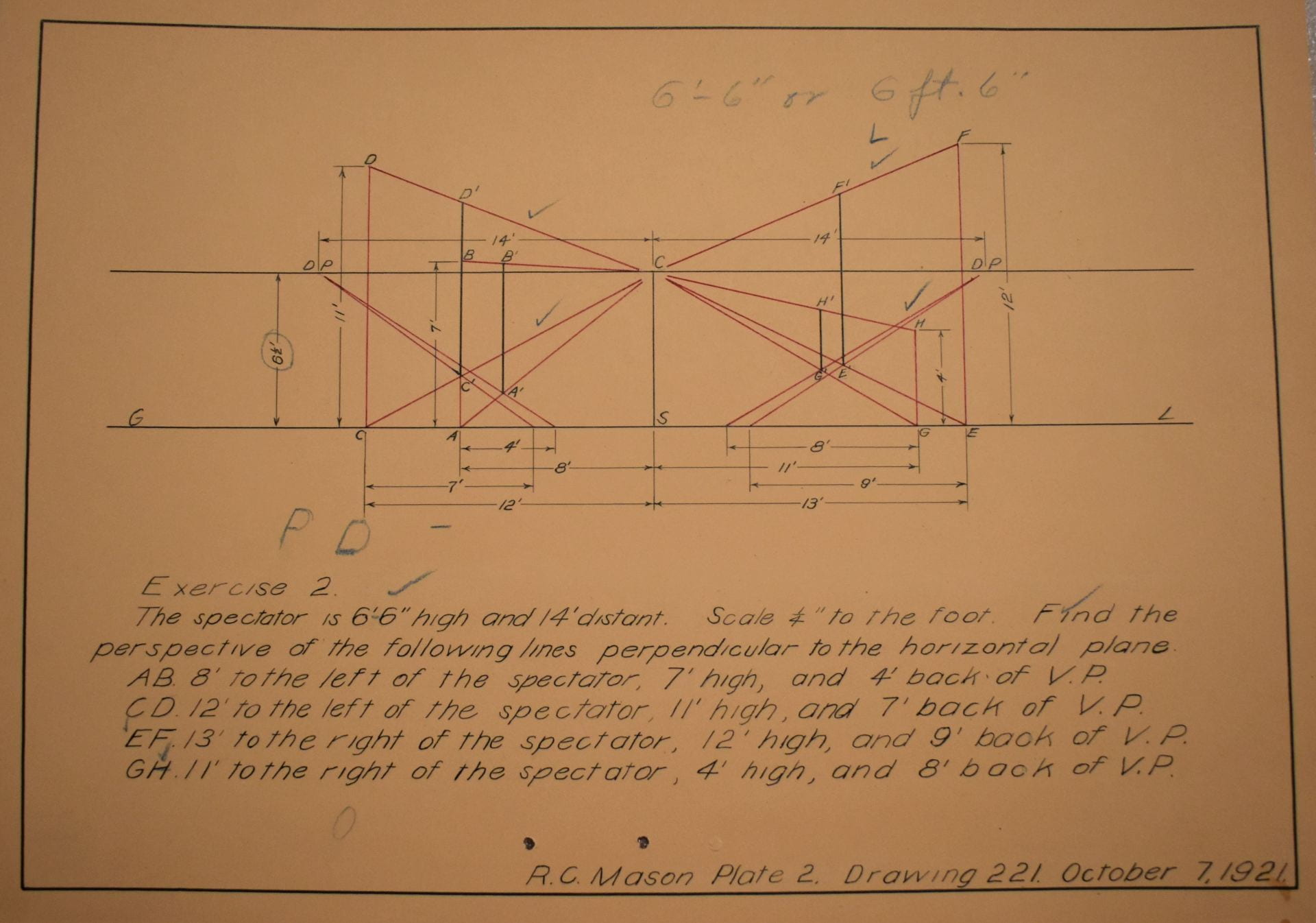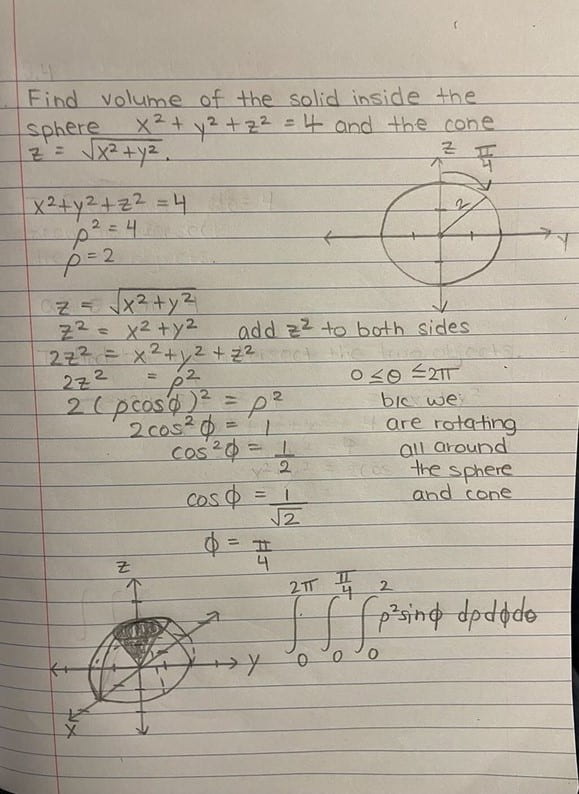Homework: More Than Just Paper
Why are we here? What brought us to Fayetteville? A large majority the residents of Fayetteville are the wonderful students and faculty that walk our campus each semester. For the last 150 years, students like us have been working toward their degree on the U of A campus. So much has changed here, and yet there is a lot that has stayed the same. We are all still apart of the same community, working together towards our goals, and contributing to the academic and the social communities on campus. We can see through objects like this homework assignment completed by a U of A student 100 years ago that despite the dramatic changes in the world around us, we are all connected in our dedication to our academics and our school.

Ruric Coin Mason was an engineering student who began his time here at the university in 1920. After he graduated in 1924 with honors (you can find his name on the senior walk in front of Old Main), he left behind a collection of his homework assignments from his first semester all the way up until his last. The plates are all hand drawn in ink with light pencil markings assumably from the rough draft. There are also blue and red markings of letters and check marks, again assumably from teachers grading his work. The content of the pages range from whole pages of lettering to homework problems to designs for jack screws and piping systems. This page in particular is a homework exercise from his third semester here in the fall of 1921. The hand drawn lines and letters look printed; the meticulous work that went into these is on display through the straightness of the lines and perfect letters and numbers.
This plate was one of many that Mason completed in his time here. As such, it must not have seemed too important to him. When have you ever thought that you should save a notebook of calculus problems because they might be valuable to a museum in the future? Most likely, the homework you do as a student gets thrown out the moment you do not need it anymore. However, the importance of objects and their history can surprise us. As we can see with Mason’s plates, the growing significance of an object does not stop once it stops being used, and it certainly does not stop once it enters a museum collection. The meaning and value of an object constantly changes and grows even after it has entered a collection. The audience of an object also affects its significance. Anyone not from the U of A would not find this nearly as significant as we do as students, simply because of the connection this single piece of paper has with everything we accomplish here.

In comparison with the assignment by Mason, you will see something that looks a bit more familiar. The homework problem on the ruled paper belongs to current U of A freshman Ananya Vangoor. Ananya is a computer science major with a math minor, and she just completed her first semester here at the U of A. This page details a homework problem from a calculus class Ananya took. In conjunction with Mason’s plate, Ananya’s homework looks quite different. The two problems detail different kinds of math, and the medium is different, as most students today are not required to perfectly draw out their homework problems. However, what remains the same between these two pieces of paper over 100 years apart is the dedication found in the lines. Both Ananya and Mason took care in their work and exhibit dedication to what they do. While it is not possible for students to take the same meticulous care shown by these two students in every assignment we complete, we still take care to do the best work we can do. Dedication is not being perfect, but showing commitment, as is on display with these two assignments. The diligent work done by both students represents countless others who have studied and worked hard at the U of A.
What makes us students? What designates us to be Razorbacks? While our love of Razorback sports and the community certainly is a bonus, it is not the reason most of us are here. Students and faculty alike arrive at the U of A to study. While we have hundreds of disciplines to be learned here and a variety of types of students, we are all connected by our dedication to what we do. Our identities here in college are immersed in our majors because that is why we are here. Though we do not all study the same things, we all are connected in our drive and dedication. As Razorbacks and as students, our identities are connected to each other by the work we do and the time we spend here. Being a student at the U of A is to not only be a member of a wonderful social community, but a thriving academic community as well.
Bibliography/Further Reading
Alberti, Samuel J. M. M. “Objects and the Museum.” Isis 96, no. 4 (2005): 559–71. https://doi.org/10.1086/498593.
“U. of A. Confers Honors Upon 175” Arkansas Gazette (Little Rock, Arkansas), June 11, 1924: 16. NewsBank: America’s News – Historical and Current. https://infoweb.newsbank.com/apps/news/document-view?p=AMNEWS&docref=image/v2%3A1123C1CC6D31C748%40EANX-15A8A9535EB4A4EB%402423948-15A8078AC47952B9%4015-15A8078AC47952B9%40.